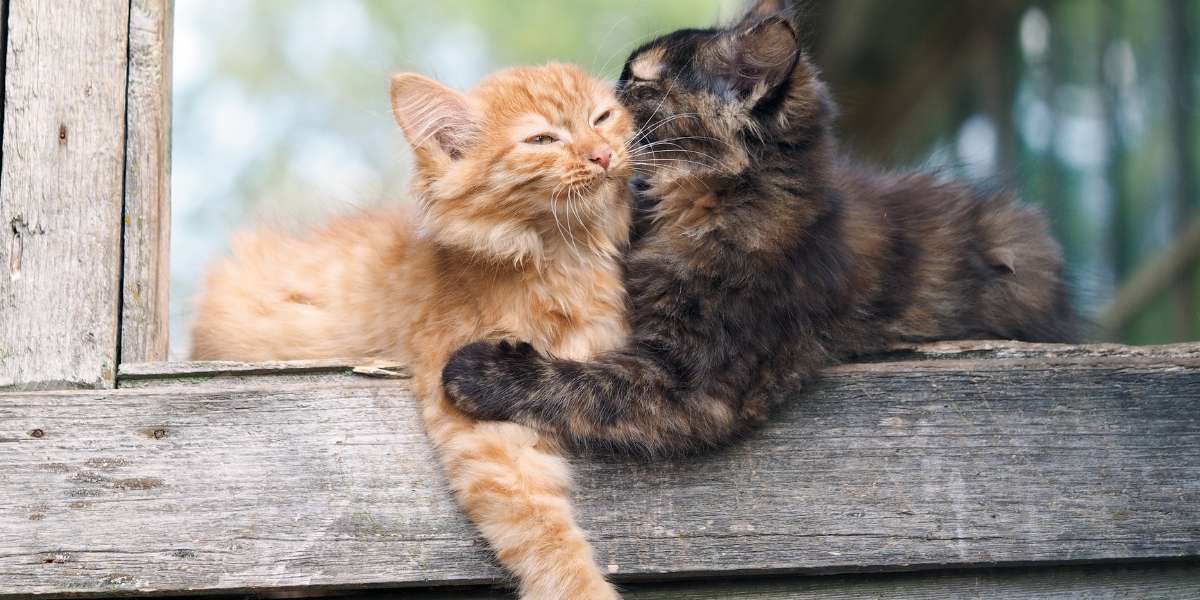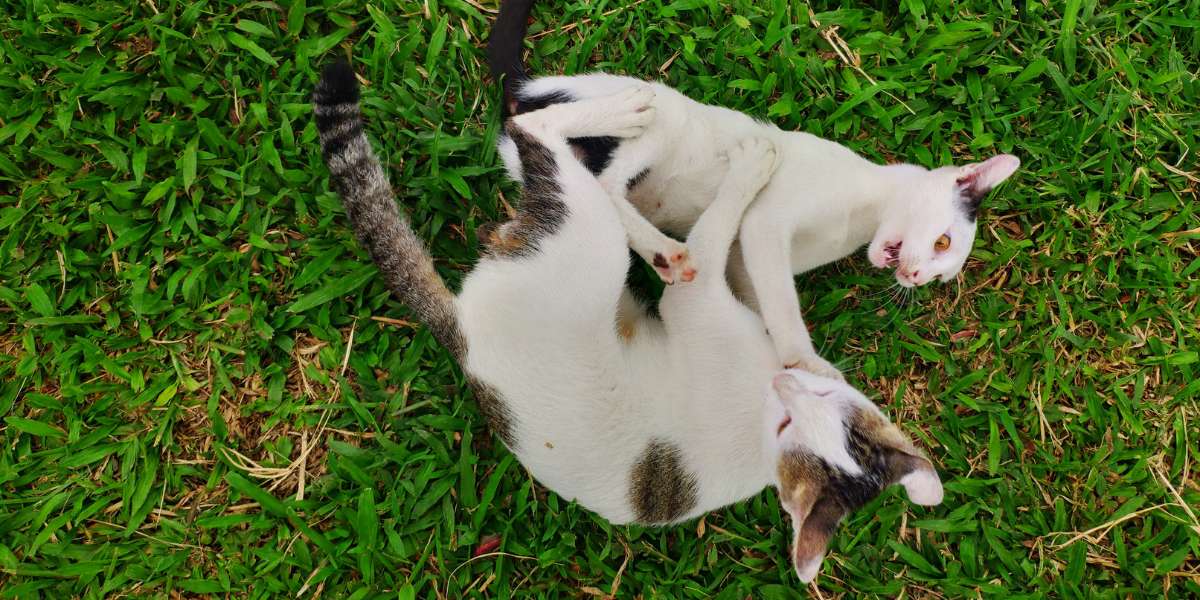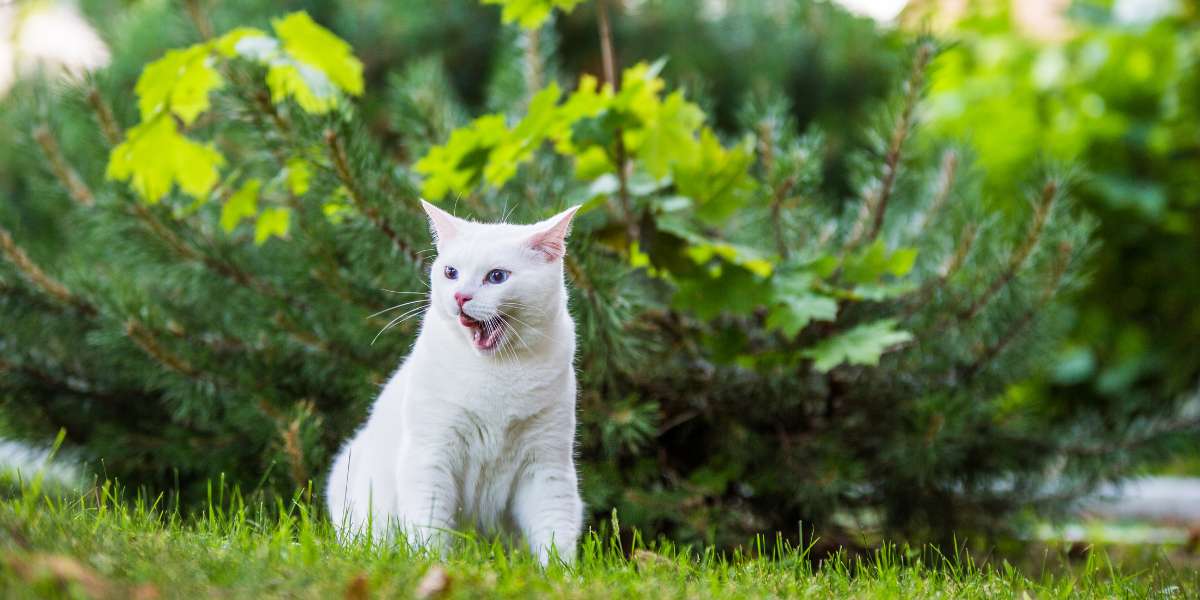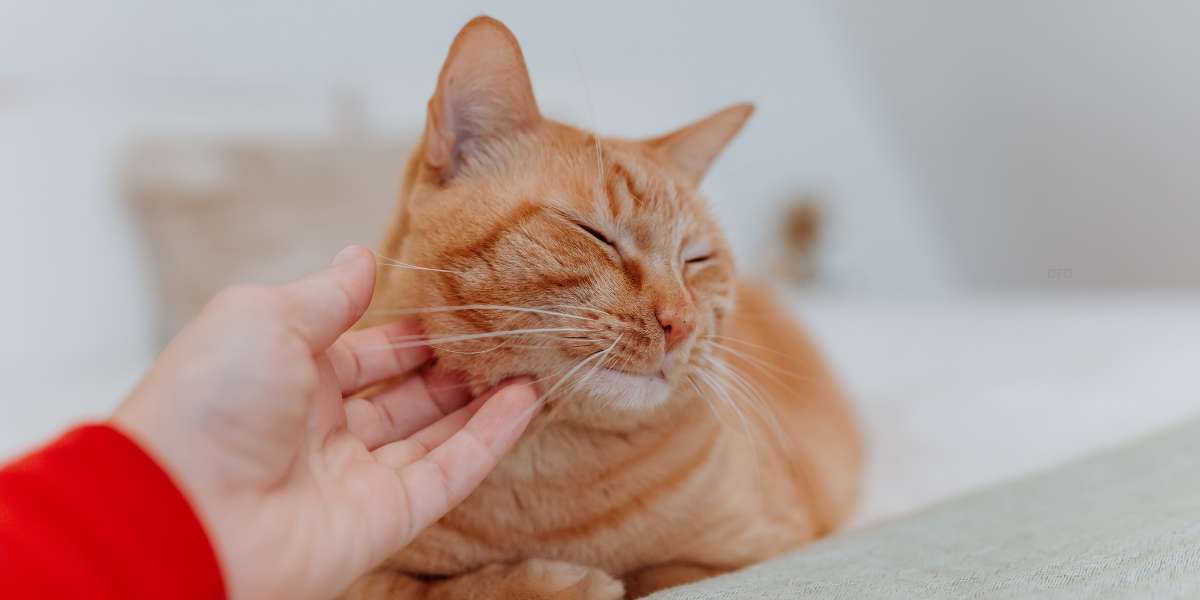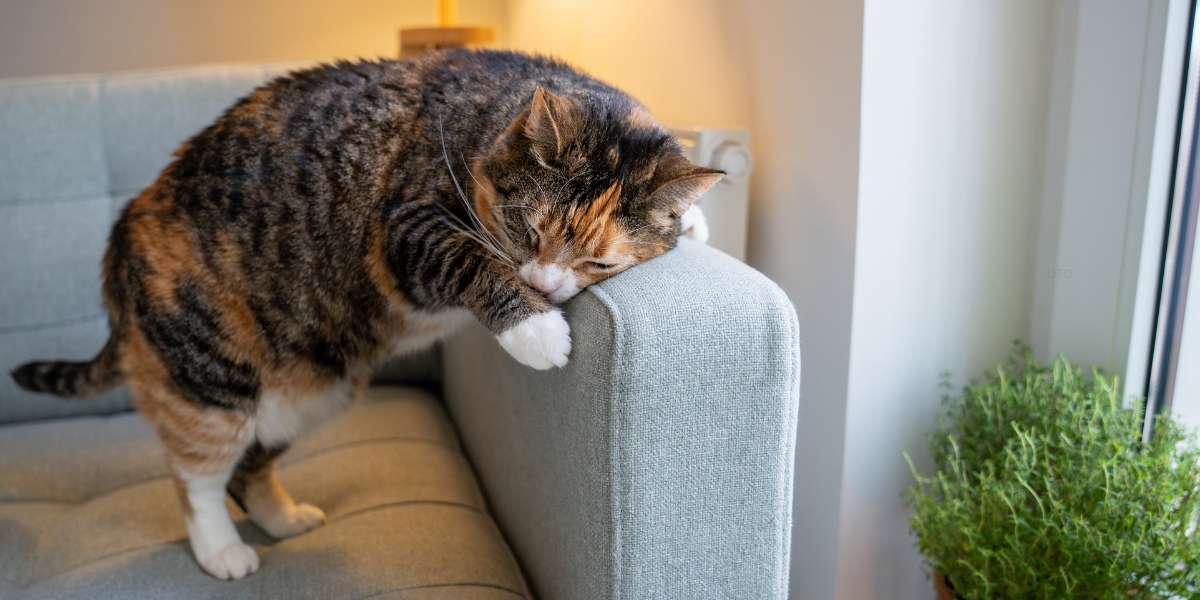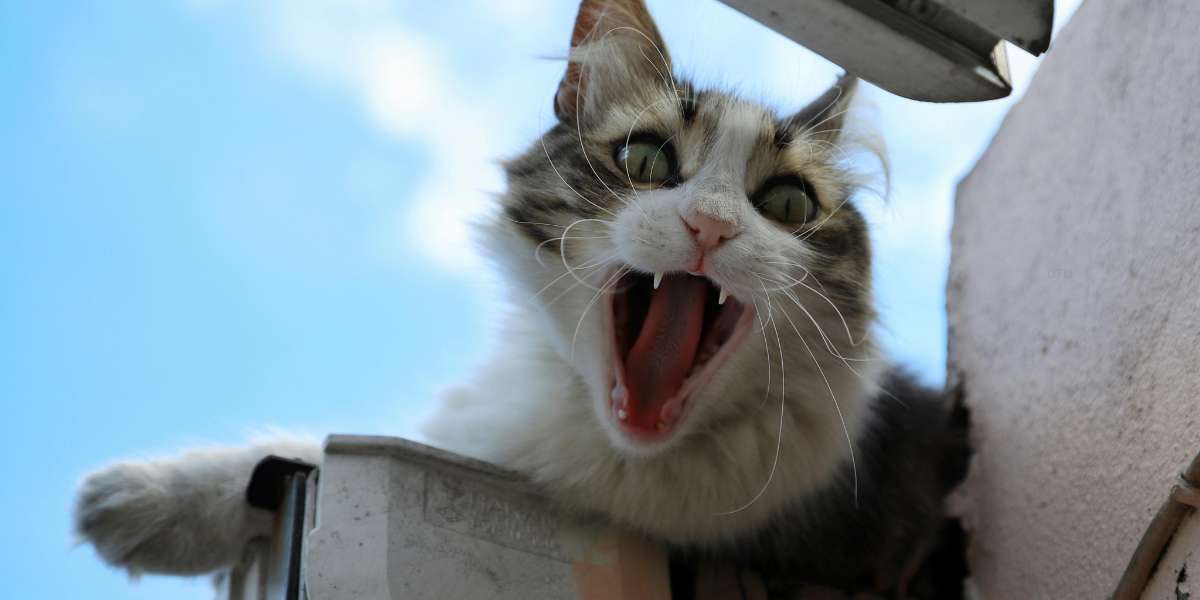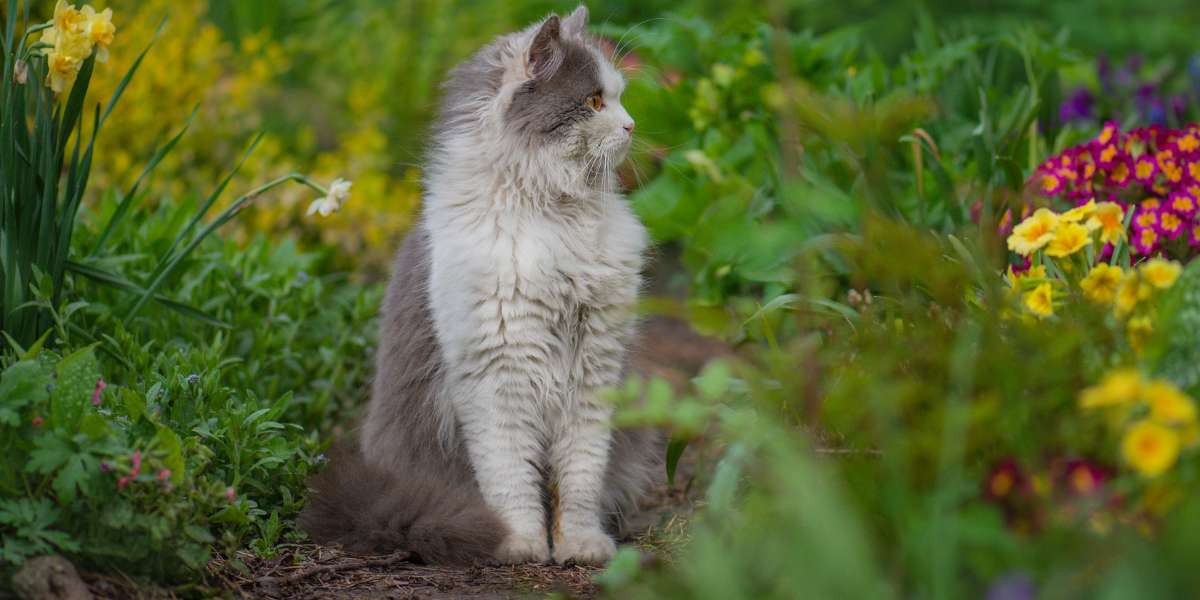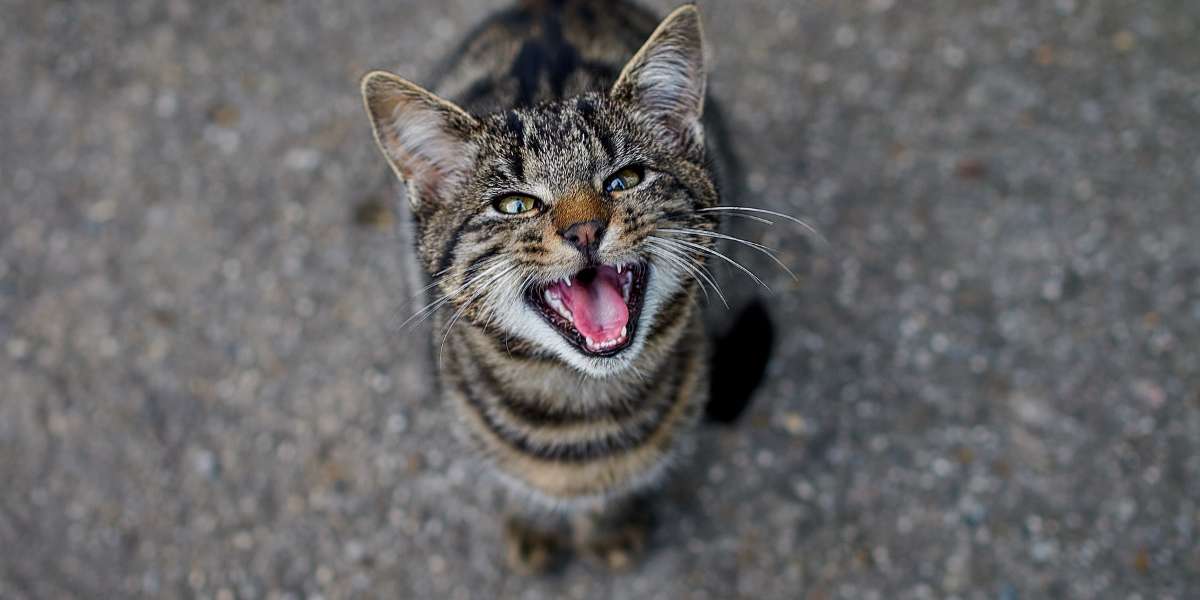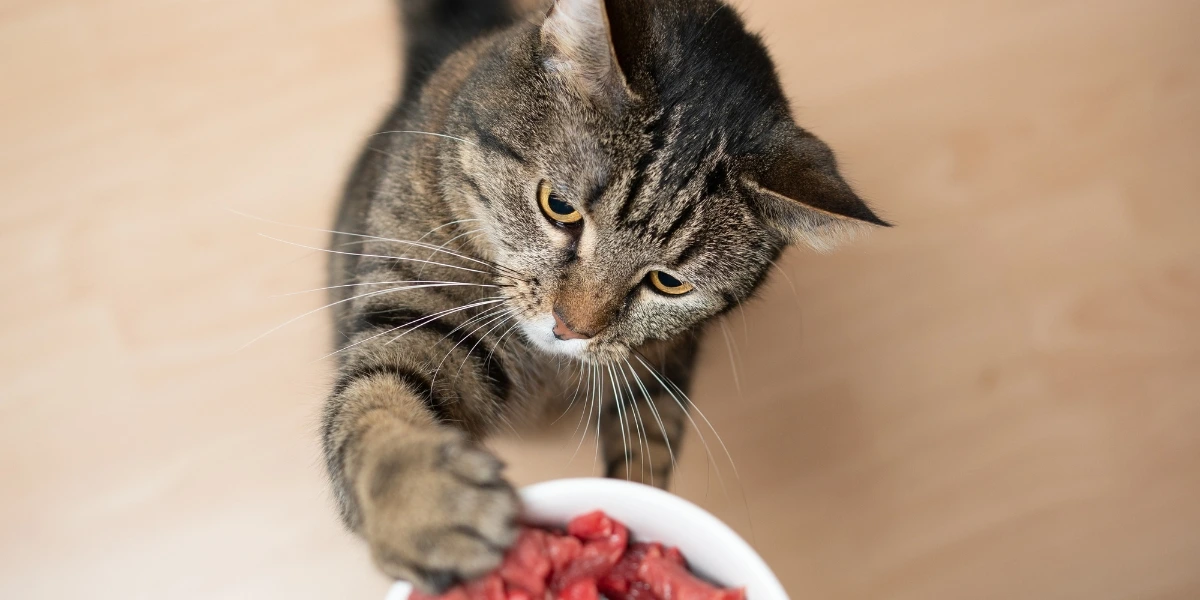Have you ever wondered how cats communicate with each other? While humans use words to express themselves, cats rely on different ways like vocalizations, body language, marking and even chemical cues. Research shows that their communication primarily stems from instincts developed over time. Some people even joke that if cats could talk, they’d have already talked telepathically!
A study from Cornell University and experts in evolutionary psychology reveal that cats have evolved to meow in a pleasing way to get what they want, whether it’s food or affection. However, when it comes to other cats, meowing is much less common.
Instead, cats rely more on subtle body language and signals to communicate with each other. So, while your cat might meow at you, they use a different ‘secret language’ that we’re just beginning to break down.
Do Cats Meow at Each Other?
Unlike humans, cats don’t rely on meowing as their main form of communication with other felines. Their interactions in most scenarios involve body language, such as postures, facial expressions, tail movements and even hissing or growling to display dominance and establish boundaries.
They also initiate play through these signals, making their use of vocal sounds rather uncommon in extensive feline social interactions.
However, there are situations where cats meow at each other. For example, during mating season, female cats in heat will emit distinctive meows to attract male cats, who then vocalize in response, indicating their interest and readiness to mate.
In multi-cat households, or when cats encounter unfamiliar cats, they may occasionally meow as part of their initial communication. These meows are usually short and serve as a way to establish territorial boundaries while remaining cautious.
Though non-verbal forms of communication are more effective and nuanced, vocal signals still plays a role in specific situations where vocal signals are needed.
Here are a few reasons why your cats might meow at each other:
1. Vocal Communication to Signal Needs or Emotions
When thinking about cat communication, the first thing that comes to mind is vocal communication. Cats meow, trill, or even growl and hiss to express their emotions. A meow can be a friendly greeting, while a hiss, snarls, yowls or spits signal defensive talk to warn other cats to back off before a fight escalates. During conflicts, especially with outside strays, you might hear distressed howls through windows, showing aggression or fear.
One of the most well-known but most complicated forms of vocal cat communication is the purr. Cats often purr when they are happy, but they may also do it when they are not feeling well. This sound is linked to contact with humans, other cats, and even rubbing objects, showing comfort or seeking attention.
2. Body Language to Show Affection, Fear or Hostility
Cats don’t just meow—they also use body language to communicate. A friendly greeting between cats may involve a gentle touch of noses or rubbing against one another. They may also hook the tip of their tail together as a way to show affection.
When a cat’s ears, eyes, and tail are in a relaxed position, it means they feel safe. A confident cat holds its tail high, ears perked forward and may even crook it slightly when approaching someone they like. Some cats enjoy belly rubs, but others may feel vulnerable. Learn more about why cats react differently to belly rubs here.
When a cat averts its eyes, turns its ears to the side or flattens them, it signals discomfort. Learn why cats have slits in their ears and how it helps their hearing and communication. If they tuck their tail under their body, they may be scared or unsure. However, aggressive behavior in cats looks very different.
Flattened ears, a lowered head, bristling fur, an arched back and a lashing tail are all signs of distress. A truly frightened or defensive cat may even scream to warn others to stay away.
3. Chemical Cues to Leave Messages
Cats rely on chemical cues as a subtle form of communication with each other. When two cats rub together, they are exchanging scents through special glands, helping them recognize each other as part of the same group.
The same happens when a cat rubs against objects in the house, leaving pheromones to create a familiar scent trail. This behavior is common in multi-cat households and helps them feel secure.
To mark territory, cats scratch objects or spray urine, a common behavior among outdoor cats, especially those with access to open areas. On the other hand, the same behavior can happen inside the home as a response to a stressor, like a new cat approaching, a stray cat outside or a life change such as moving to a new home. In such cases, the cat may be trying to establish control over their space, leaving a last scent mark for others to recognize.
4. Mimicking Behavior
Cats are very observant and often mimic the behaviors they see in other cats and humans. This includes vocalizations like meowing, especially when they notice it gets a response.
5. Different Contexts
The context of interactions matters when chattering between cats. They might play, be excited or be trying to establish dominance over one another.
6. Discomfort or Stress
A cat may meow to communicate distress when feeling threatened or uncomfortable. This often happens during territorial disputes or when a new cat is introduced into its space, leading to tense situations with another cat.
7. Attention-Seeking:
Cats meow to get attention, just like humans do. This is similar to how people try to get someone to notice them. When a cat is looking at a human with slow blinking, it’s a way of showing trust. Cats also engage with each other through meows, especially if they have a familiar, established bond. It can be a form of greeting or an invitation to play.
How to Read My Cat’s Meowing?
Kittens meow to communicate with their mother, but as they grow older, they reserve meowing mainly for interactions with humans. Over time, cats learn that their meows elicit responses from their owners.
For example, if a cat meows and the owner responds by filling the food bowl, the cat will associate meowing with getting fed and will use this strategy in the future.
However, persistent meowing can indicate an underlying issue. Medical problems, pain or discomfort might cause a cat to vocalize more than usual. Stress, anxiety or environmental changes can also lead to increased meowing. If you notice a sudden change in your cat’s chattering behavior or if it sounds weird, it’s best to consult a veterinarian to rule out potential health problems.
Every cat has a unique personality and its own vocal patterns. By observing and responding appropriately to their meows, you can develop a deeper understanding of their needs and love.
Frequently Asked Questions
Does your cat meow a lot? Share your experience in the comments!


